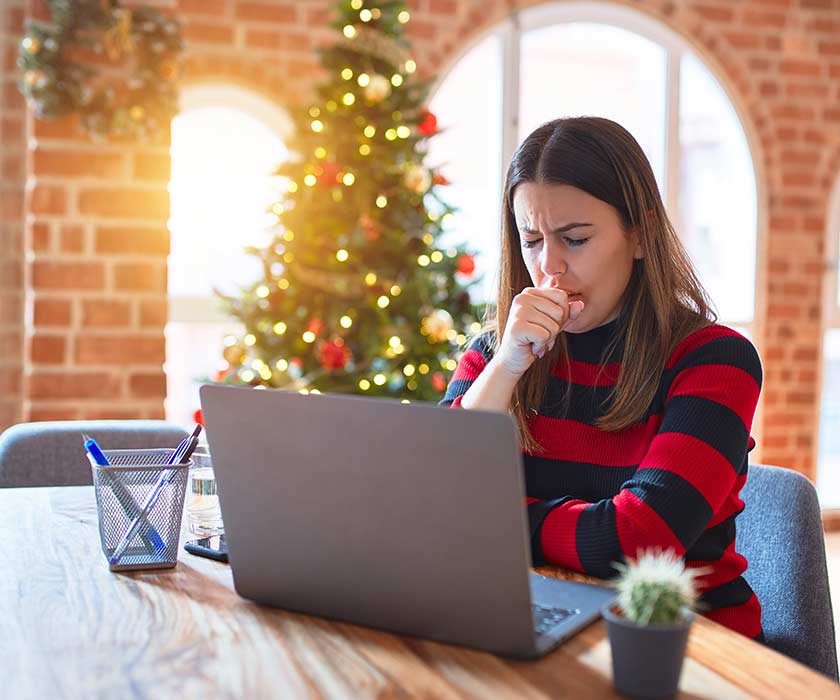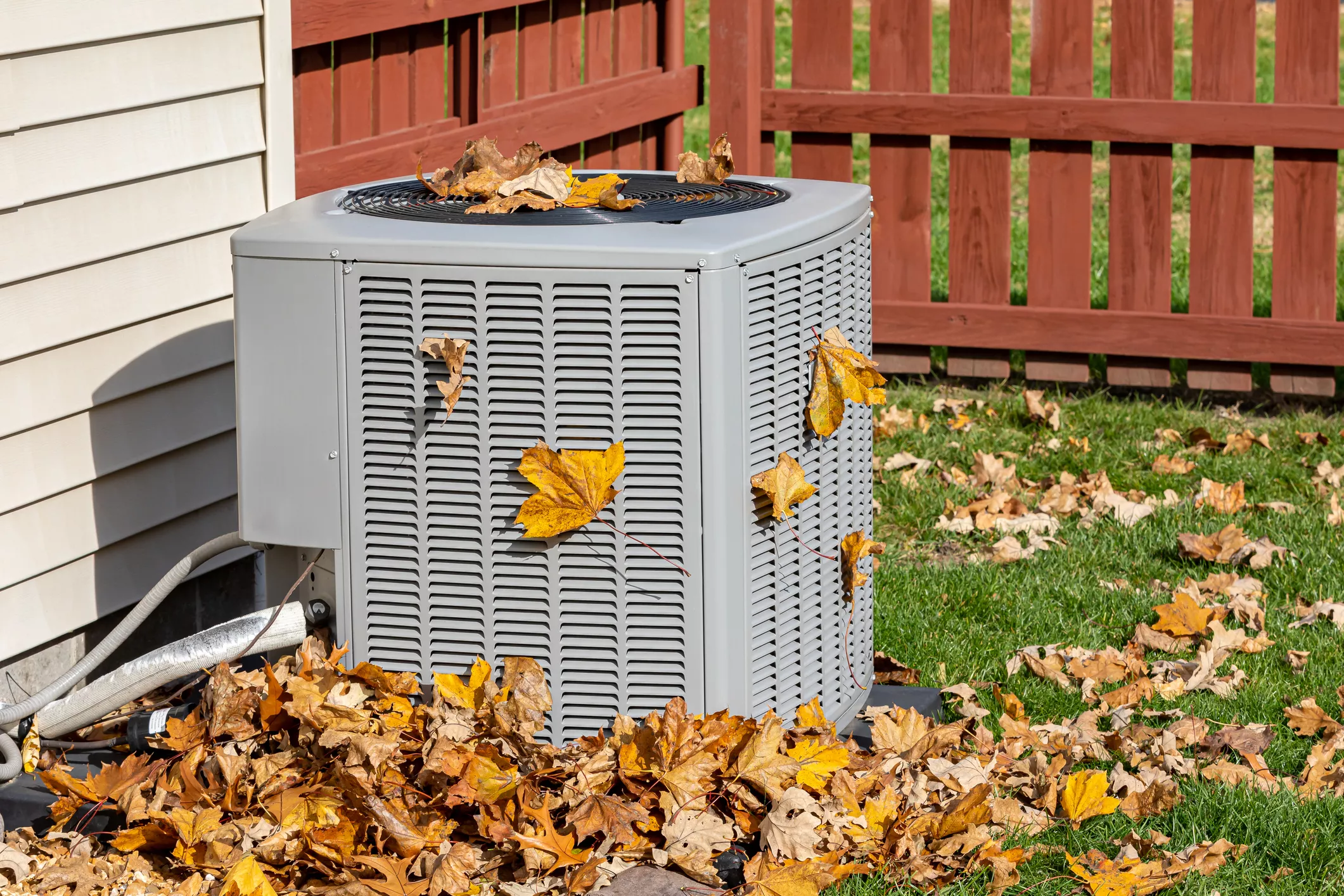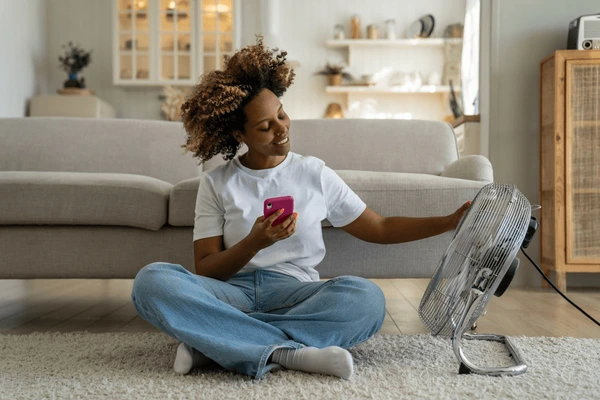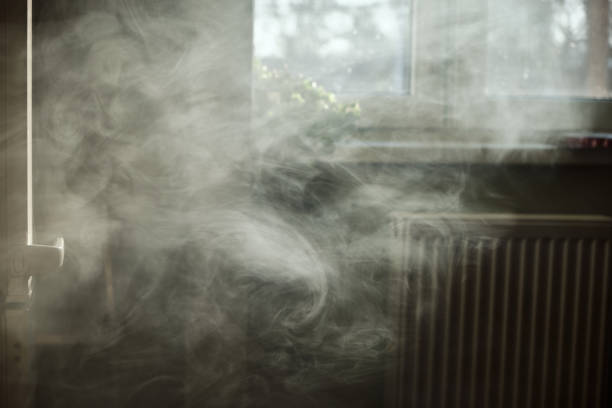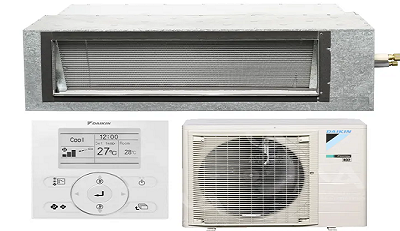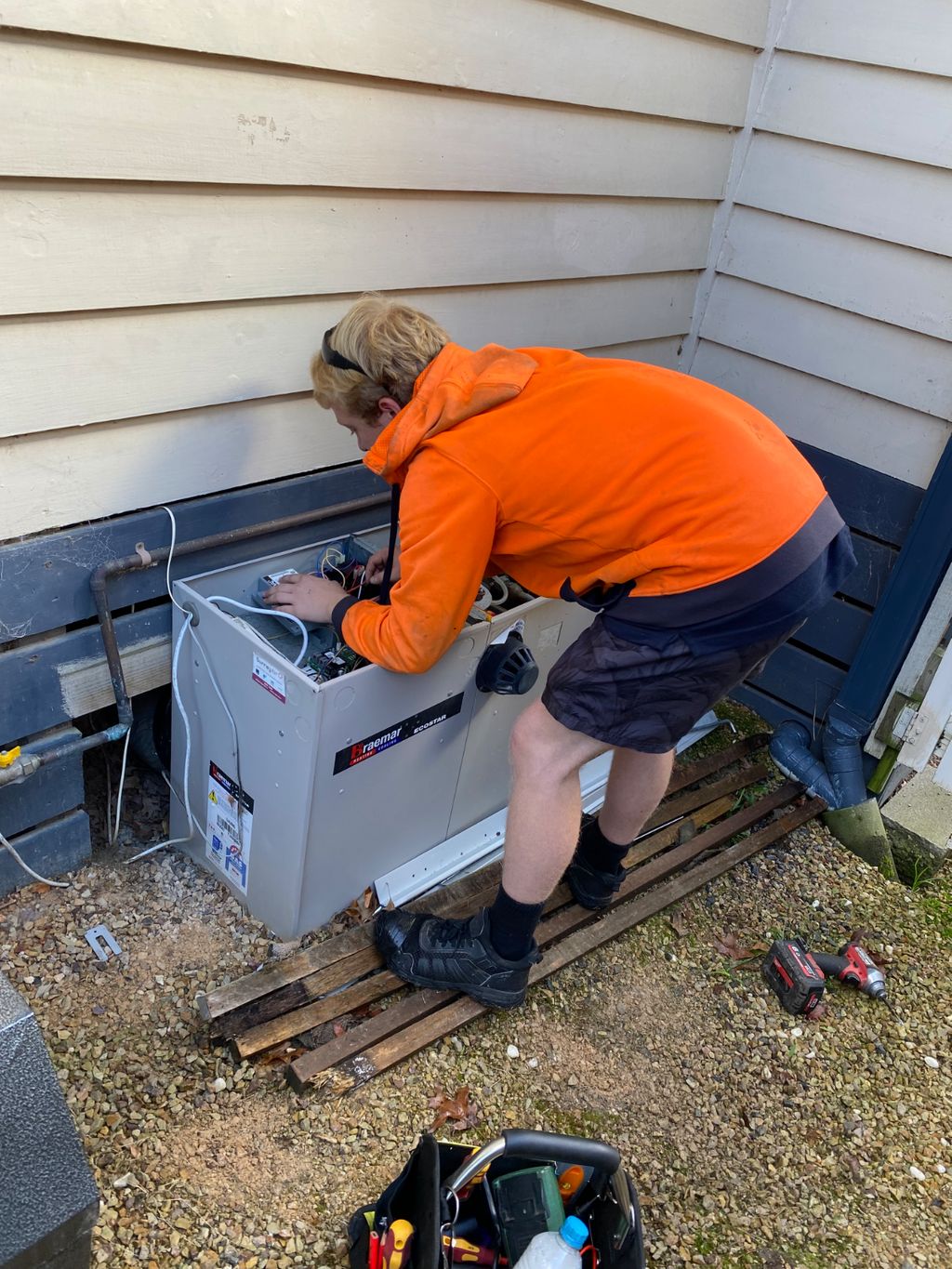According to the National Institute of Environmental Health (NIEH), “Indoor air quality is a global issue. Both short- and long-term exposure to indoor air pollution can cause a range of health issues, including respiratory diseases, heart disease, cognitive deficits, and cancer. The World Health Organization (WHO) estimates that 3.8 million people worldwide die every year from illnesses attributable to harmful indoor air from dirty cookstoves and fuel.”
Airborne indoor pollutants are a serious, life-threatening problem. Their risk of transmission increases manifold during the holiday season when homes are insulated to keep them cooler, and people get together to enjoy the festivals. Minimising their transmission and saving people from various health issues is important.
Here, we will learn what contributes to airborne indoor pollutants, identify their sources, and learn how airborne transmission of indoor pollutants can be minimised this holiday season.
What Is Included In Airborne Indoor Pollutants?
Like outdoor air pollution, indoor air pollution consists of many pollutants. They come from a variety of sources. According to the Environmental Protection Agency (EPA), the list of airborne indoor pollutants includes:
- Biological pollutants
- Volatile organic compounds (VOCs)
- Asbestos
- Pressed wood product/ formaldehyde
- Nitrogen dioxide
- Carbon monoxide
- Lead
- Environmental tobacco smoke
- Smoke from stoves and heaters
- Radon
- Pesticides
- Indoor particulate matter
Besides airborne indoor pollutants, indoor air pollution may include natural and synthetic scents and fragrances, air pollutants and allergens from outdoors.
What Are The Sources Of Airborne Indoor Pollutants?
The common sources of airborne indoor pollutants include:
- Indoor combustion devices.
- Incomplete combustion of fossil fuels.
- Gasses from household activities.
- Building materials and furnishings
- Pesticides.
- Central heating and cooling systems.
- Humidifiers.
- Household cleaning and maintenance products.
- Personal care products.
- Biological pollutants.
- Tobacco products.
How To Minimize Airborne Indoor Pollutant Transmission During Holiday Season?
The holiday season means more indoor gatherings, hence more airborne indoor pollutants. At first, scientists wanted to eliminate pollution from the world but failed. At last, they found the solution by introducing and implementing strategies that could help minimise pollutant transmission.
Here are some proven strategies to minimise airborne indoor pollutant transmission.
1. Enhance Ventilation:
There is a need for improved and more efficient ventilation during holidays as most people are at home. Without ventilation, indoor air remains trapped inside, containing the pollutants inside. Proper ventilation means increasing the flow of fresh, outdoor air into indoor spaces. It reduces the concentration of indoor pollutants.
Most people think that heating and cooling systems bring in fresh air, which is a wrong concept. There must be other strategies to enhance ventilation.
There are many ways to enhance ventilation in indoor spaces. Opening the windows and doors whenever the weather allows outside air to enter indoors increases ventilation. Using heating and cooling systems like window air conditioners with ventilation control options also increases indoor ventilation. Using attic fans or exhaust fans, remove the pollutants directly from the room where the fan is placed, increasing the ventilation rate.
People must take special precautions while cooking, painting, sanding, or heating kerosine heaters emitting pollutants.
Advanced mechanical systems that move indoor air outdoors and bring in fresh air are also available in the market.
2. Control the Source of Pollution:
One of the primary steps in minimising airborne pollutants is to control or eliminate the source of pollution. There is no single source for all types of pollutants, so there is a need to identify and address specific pollutant and their source.
Holiday seasons come with more cooking, burning candles, using cleaning agents etc which contribute to indoor pollution. Controlling the source of pollution includes strategies like reducing the use of gas stoves or candles to reduce emissions or requiring sources containing asbestos to be covered or sealed. Similarly, people must perform activities like welding, painting, sanding, or soldering outside for home improvement and cooking whenever the weather allows to limit airborne indoor pollutant emissions.
In most situations, controlling the source of pollution is the most pocket-friendly approach to minimise airborne indoor pollutants.
3. Monitor the Air Quality:
Monitoring the air for carbon monoxide, nitrogen dioxide, radon and other harmful gasses or particulate indoor pollutants is crucial. During the holiday season, burning candles and artificial scents expose the indoor environment to more chemicals than usual. One may not be able to sense the presence of these harmful and toxic pollutants as they are odourless and colourless, but they impact health drastically.
Air quality monitoring devices that detect the presence of chemical pollutants are easily available at an affordable price. Installing them in your home will help you monitor the air quality and take precautions whenever needed. If not, you can also get help from professionals to monitor air quality and improve it. Contact us to get professional service.
4. Air Filtration and Purification:
Air filters and purifiers can limit the airborne transmission of indoor pollutants during the holiday season. These mechanical devices remove allergens, particulate pollutants and harmful biological agents like viruses and bacteria from indoor air. Air filters and purifiers can not clean the gaseous pollutants from the air. Purified air is also good for mental health.
Various air filtration and purification units, ranging from whole-house systems to table-top models, are available in the market. The types of air filtration and purification devices include:
- Mechanical filters.
- MERV and HEPA filters.
- Gas-phase air cleaners.
- Ultraviolet disinfection devices.
- Electronic air cleaners.
Euromate air purifiers are technologically advanced, reliable and cost-effective air filtration and purification devices. Their devices with various filters can remove grease and oil, bacteria and viruses, and fine dust. They can also remove odour and toxic gasses, which is an exception to air purifiers usually available in the market.
Using air filters can greatly help in minimising the transmission of indoor pollutants during the holiday season.
5. Controlling Aerosol Transmission:
Taking adequate measures to control aerosol transmission is necessary to minimise indoor pollutants. Whether anthropogenic (human-made) or natural, aerosols impact the air quality. They can be liquid or gaseous in the state.
Aerosoles are responsible for speeding up the disease transmission process by serving as a vehicle for transferring bacteria and viruses. Aerosols with infectious agents in enclosed spaces pose a high risk of infecting others. Enhancing ventilation and strictly maintaining indoor air quality levels can control aerosol transmission and prevent the spread of diseases. Adopting airborne transmission mitigation measures is also necessary in this regard.
6. Follow the Recommended Guidelines:
Scientists have studied the effects of poor indoor air quality on health in detail. It is responsible for many non-communicable diseases and death, especially for premature babies and children under 5.
The World Health Organization (WHO) air quality and health unit monitors and reports on air quality at regional, national and global scales and issues guidelines to maintain their quality. They have designed multiple planning and evaluation tools to assess indoor air quality.
The guidelines are available in booklet form from WHO’s official website. It includes information for minimising particulate matter, nitrogen dioxide, sulfur dioxide, carbon monoxide and other airborne indoor pollutants. Following the recommended guidelines significantly improves indoor air quality.
7. Design the Building Strategically:
This method isn’t specific for the holiday season but influences airborne transmission of indoor pollutants. When the building is designed strategically, it will eventually help during the holiday season too.
From choosing the building material to planning its design plays an important role in minimising the airborne transmission of indoor pollutants. Designers must select eco-friendly materials that don’t emit pollutants or dirty air. The material should also prevent mould and mildew growth to protect the indoor environment.
Additionally, while designing the building, designers must promote cross-ventilation and incorporate elements like doors, windows, and skylights to promote airflow from indoor spaces.
The airborne indoor pollutants pose a serious risk to human and pet health and materials present indoors, especially during the holiday season. There are a range of pollutants from various sources, and their transmission must be minimised to limit their negative impacts. Scientists have provided us with proven strategies, which include enhancing ventilation, controlling the source of pollution, monitoring the air quality, filtering and purifying the air, controlling aerosol transmission, and following the recommended guidelines. Another important strategy to minimise airborne indoor pollutant transmission is to design the building with proper ventilation, choose eco-friendly materials, and optimise building envelopes to secure the indoor environment and remove pollutants.

